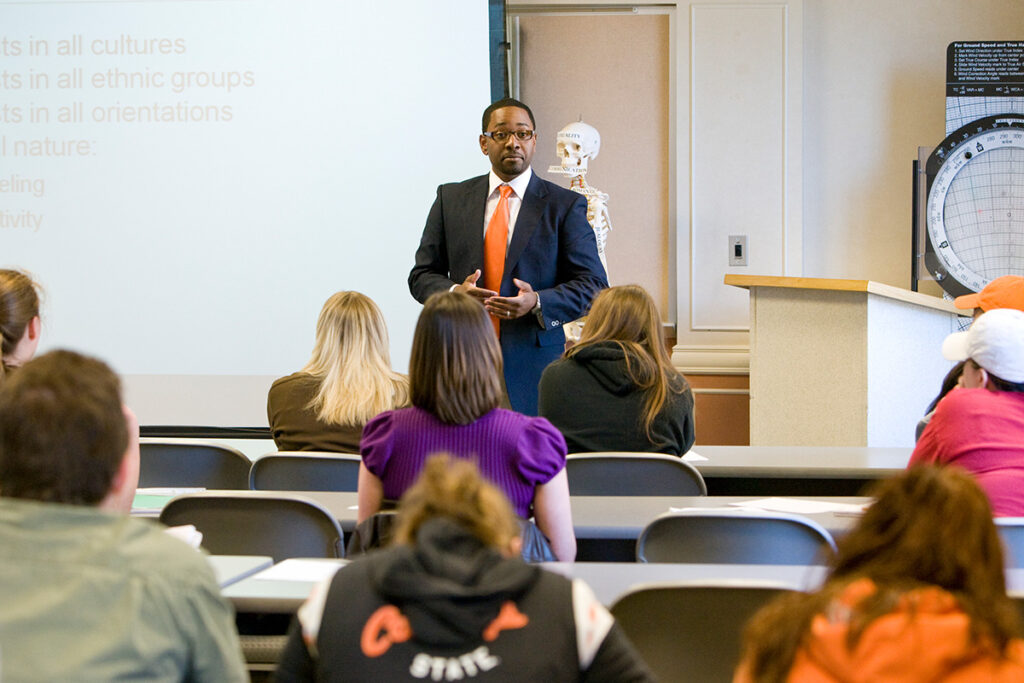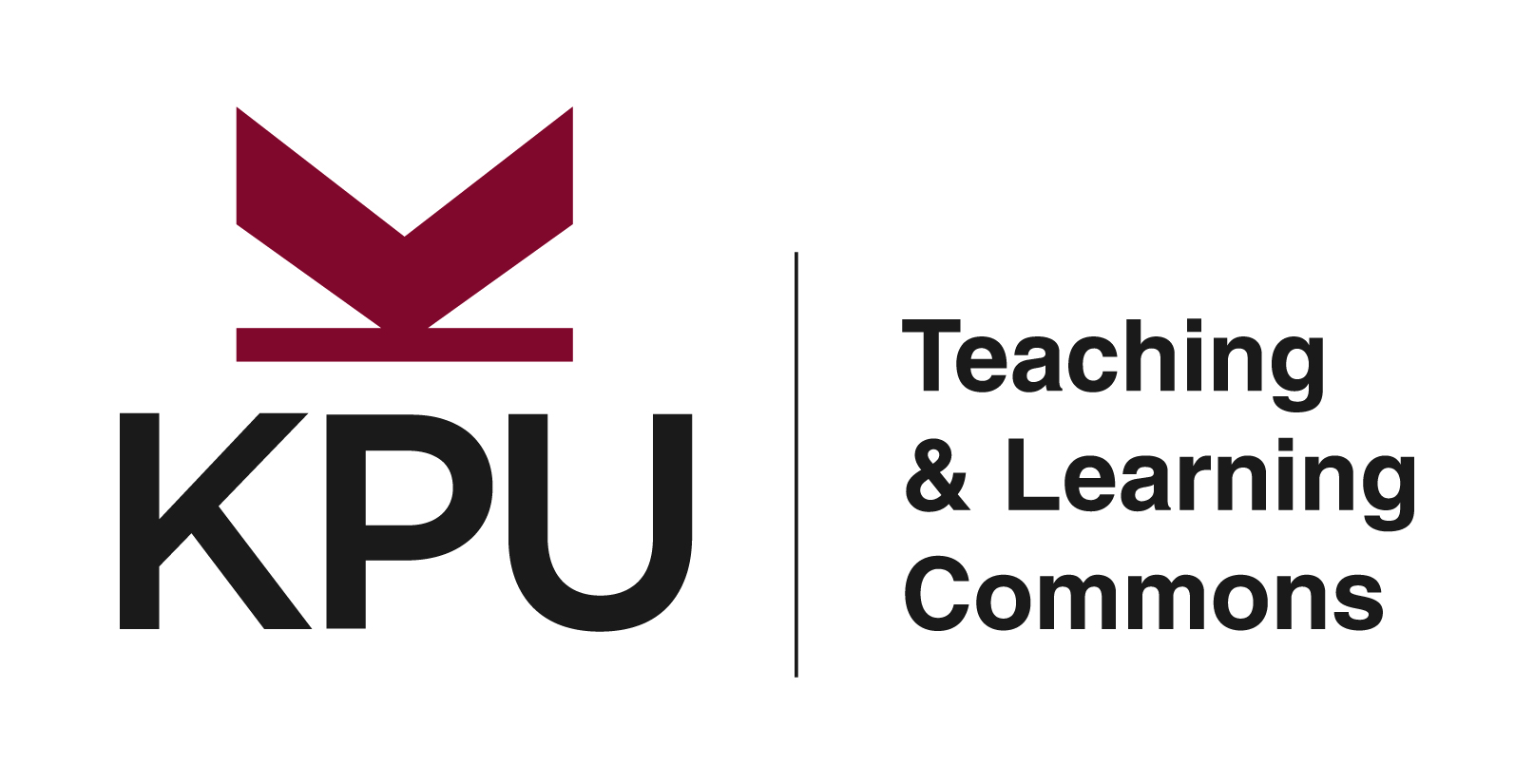Why is SoTL important?
“A consensus has formed within growing circles in academia that there is scholarly research to be done on teaching and learning, that the systematic creation of rigorous knowledge about teaching and learning is a crucial prerequisite to responding to major challenges facing academia, that this knowledge must be shared publicly and should build cumulatively over time, and that the explorations of this area should be conducted by academics from all disciplines, not just those with appointments in schools of education” (Pace, 2004, p. 1174).
CELatElon. (2013, September 18). Making a Case for SoTL. YouTube. https://www.youtube.com/watch?app=desktop&v=JlWM4K2WL3Q&t=0s&ab_channel=CELatElon

It is a reasonable question to ask oneself, “Why should I do a SoTL inquiry? After all, choosing to do one thing means choosing not to do something else. As educators, we often have the experience of wondering whether our students are really learning what we are teaching (Draegar, 2013). Is there research on the impact of lecturing versus other delivery formats (yes, there is). Are some forms of assessment more authentic and powerful than others (again, the answer is yes). What innovative ways can learning technologies engage students? How can we convert failures or critical incidents into teachable moments? What are effective ways of creating inclusive spaces for increasingly diverse students? The scholarship of teaching and learning offers the prospect of answering these and many other questions.
Importantly, the answer to these questions no longer resides in the wisdom and experiences of individual seasoned teachers. By making our inquiries into these questions systematic, by applying scholarly standards of knowledge creation, and by documenting our findings in publicly available forums, the wisdom of the few can now become the teaching practice of the many. After all, whom among us would not welcome the chance to more effectively share their passion for their discipline? Or as Draegar (2013) noted, “SoTL is worth doing, therefore, if it can improve the lives of both faculty and students” (p. 12).
